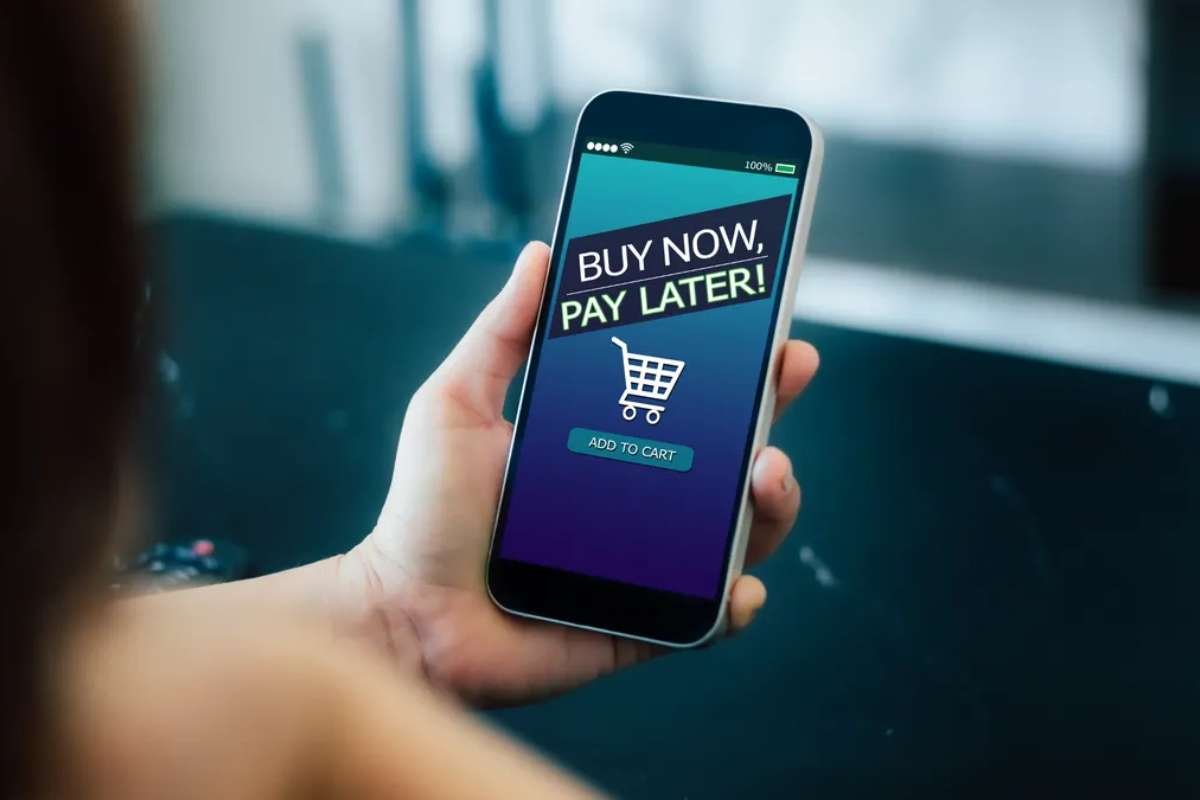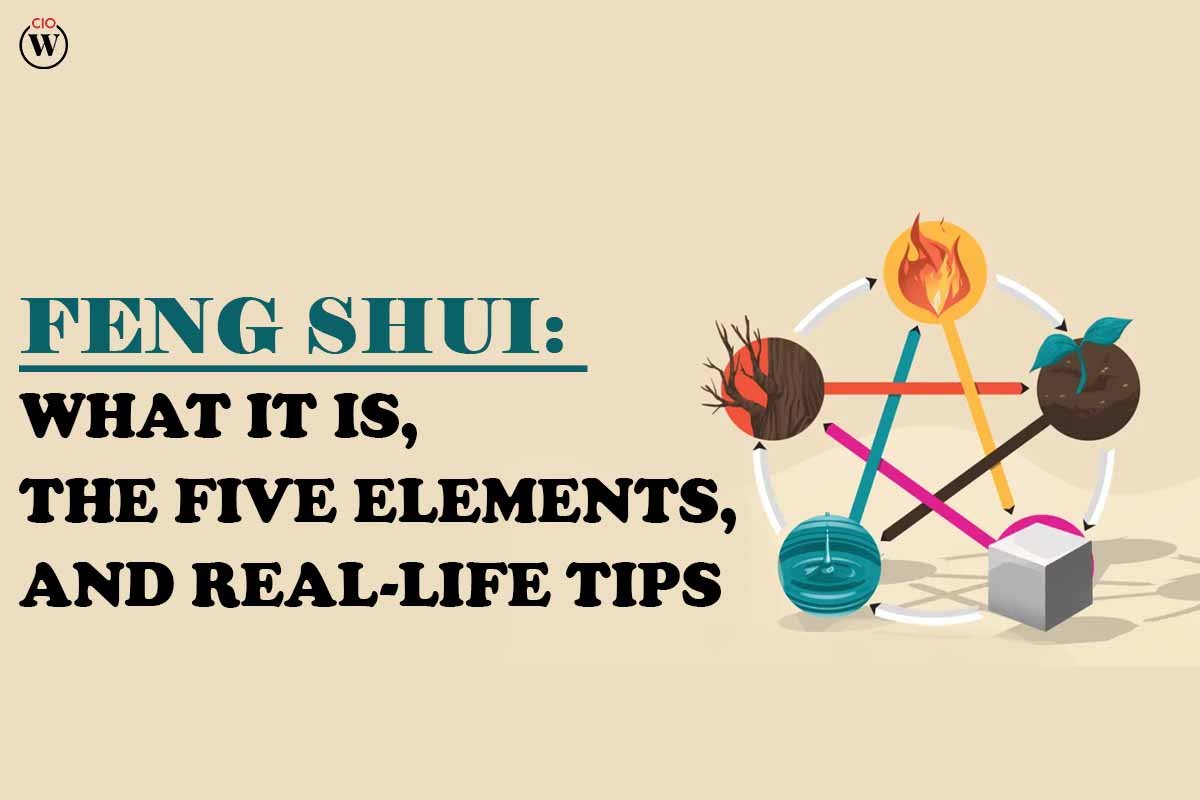In recent years, “Buy Now Pay Later” (BNPL) services like Klarna and Afterpay have become a ubiquitous part of the online shopping experience, especially among younger consumers. From sneakers to burritos, users now have the option to break up purchases into four manageable payments, often interest-free. This model has especially appealed to millennials and Gen Z, generations heavily burdened by student loans, stagnant wages, and rising living costs.
BNPL’s appeal lies in its accessibility and convenience. Unlike credit cards, these services typically don’t charge interest or impact credit scores, though this is slowly changing. Klarna’s recent partnership with DoorDash, allowing users to pay for food delivery in installments, sparked both memes and concerns. As usage has soared, Klarna’s losses from unpaid loans have more than doubled, signaling rising consumer reliance on deferred payment and growing defaults.
Debt Normalized: Gen Z’s Financial Landscape
Economic commentator Kyla Scanlon, herself a Gen Z voice, sees the surge in Buy Now Pay Later (BNPL) as a reflection of deeper structural problems. In interviews and social media content, she describes the phenomenon as part of a “poor-impulse-control economy,” where spending is driven by immediate needs or desires, and debt becomes second nature.
Scanlon explains that for Gen Z, debt is not an anomaly; it’s a constant. Raised in the shadow of the 2008 financial crisis and burdened by student loans and medical debt, this generation views Buy Now Pay Later (BNPL) as “casual debt.” Unlike older millennials who may remember a pre-digital, credit-card-only era, today’s youth have grown up with tap-to-pay convenience and digital financial tools at their fingertips. Government relief programs, low interest rates in 2021, and ongoing public discourse around the national deficit have only further normalized personal debt.
Moreover, credit scores have become deeply intertwined with identity and opportunity in America. From renting an apartment to getting a job or buying a house, having a good credit score is crucial. As such, many young people view using debt as not just a survival mechanism but a strategic financial move in a system stacked against them.
A Symptom of Economic Instability
Despite its advantages, Buy Now Pay Later (BNPL) raises critical questions about long-term financial health and systemic inequality. Scanlon argues that while debt isn’t inherently bad, it’s a financial tool, like social media is a communication tool; the problem lies in how and why it’s used. Many people turn to BNPL not out of luxury, but necessity. Real wages have stagnated, housing and education costs have soared, and the job market remains tough for new entrants. For many, using BNPL to buy a $30 lotion isn’t frivolous; it’s a form of financial agency in a system offering few alternatives.
This shift in financial behavior reveals a broader reality: traditional advice like “just wait until you can afford it” doesn’t resonate in an environment where basic economic stability feels out of reach. While Scanlon warns against reckless spending, she also acknowledges the psychological comfort that small indulgences can bring amid economic uncertainty.
In a country where debt is increasingly seen as a way of life, Buy Now Pay Later (BNPL) has become a coping mechanism. But as defaults rise and financial pressures mount, the rise of these services might not just be a trend; it may be a signal that something deeper in the economy needs fixing.









